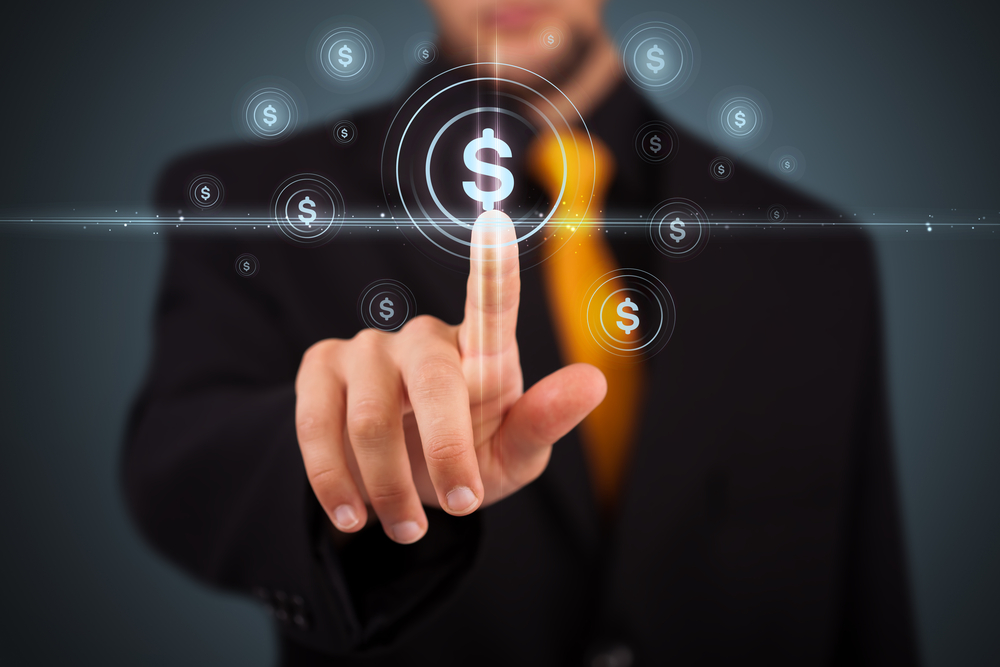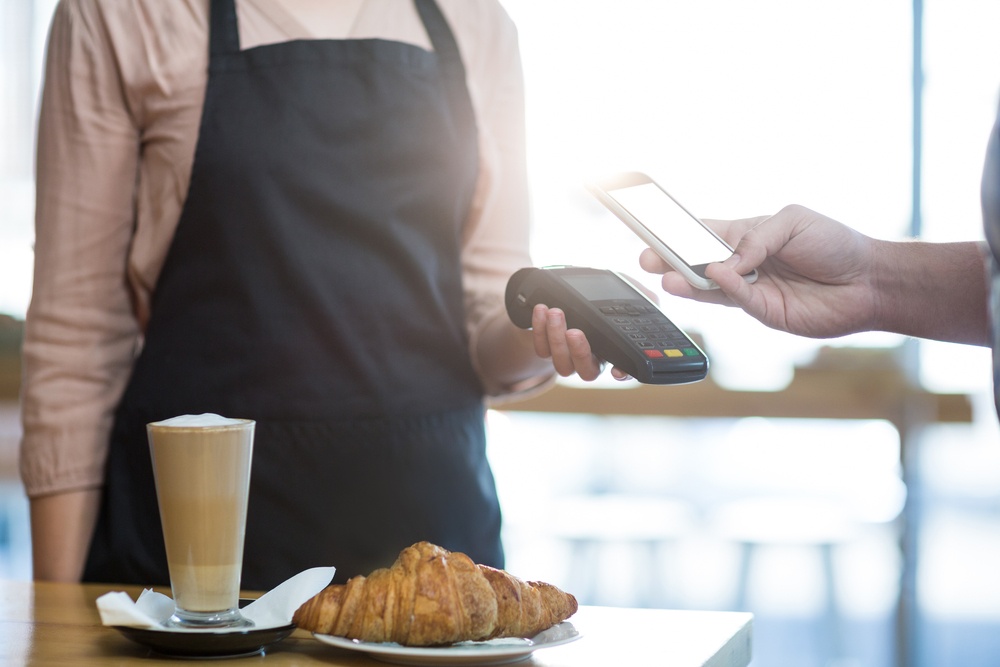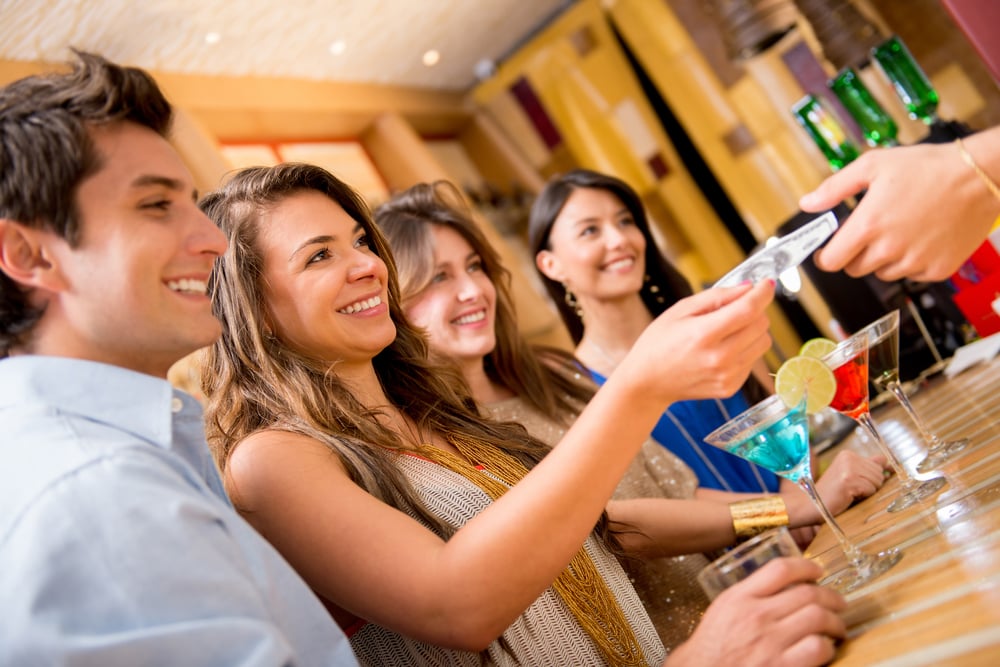How many times have you needed to split a bill or pay back a friend but didn’t have cash? For me, it’s a regular occurrence. Just a few weeks ago, I joined six of my friends for the Game of Thrones Season 8 premiere. We ordered a few pizzas, drinks and snacks on Uber Eats and watched eagerly as (SPOILER!) Jon Snow learned he’s actually a Targaryen. When it came time to pay for my share of the order, I pulled out my phone -- not my wallet. I Venmo’d my friend $20 (description: 🍕🧟⚔).















